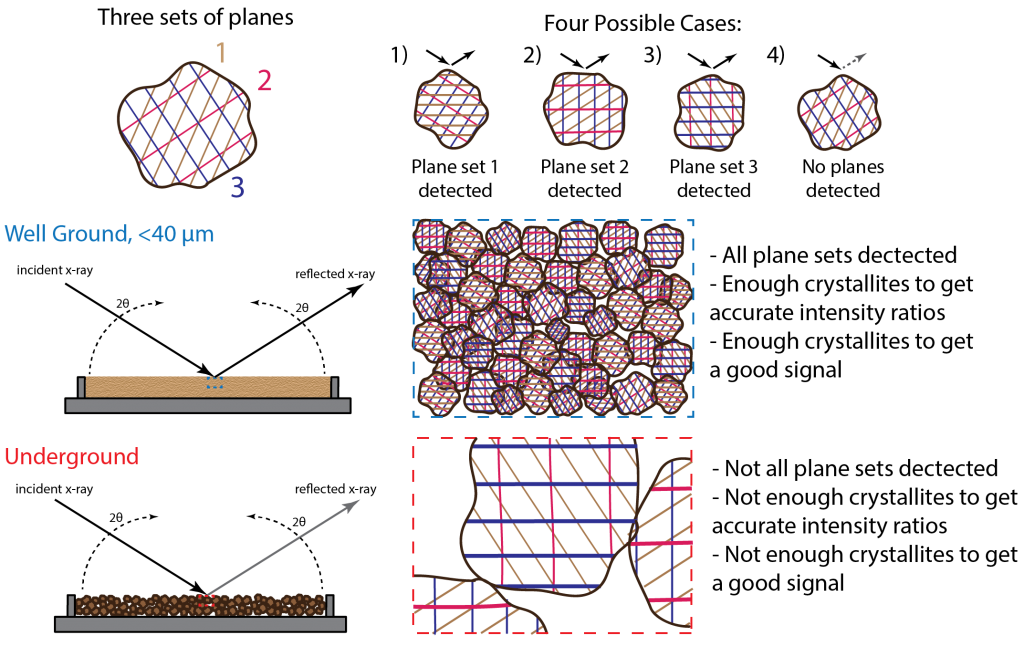

In recent years, the rapidly evolving science of nanostructured materials and more readily available state of art characterization techniques has opened up the technological gateway towards the design and development of novel multi component systems with improved magnetic, catalytic, electrochemical, electrical, and biomedical performance. Ever since, there have been consistent efforts to develop high flexible advanced functional materials by introducing various inorganic fillers into varying polymer matrices. Polymer based Au nanocomposite was probably the first reported PINC, which were then addressed as hybrids/molecular composites Nevertheless, it was only in 1990, the word nanocomposite was globalized, when motor vehicle fabricated using polymer-clay hybrids were hit the roads. The origin of nanocomposite technology has revolutionized the world of engineering polymers with numerous end applications.

The addition of only a few weight percent of inorganic fillers has been observed to have profound impact on the material outcome. Most of the early and some of the recent research efforts are focused on visualizing the extent of interfacial interactions between the organic polymer and the inorganic host that affects maximum property enhancement. As the filler dimension reach nanometric scale, there occurs a dramatic improvement in the interfacial interactions and hence advanced material performance. Polymer nanocomposites with ultrafine dimensions and high aspect ratios are known to offer improved material behaviors in contrast to their micro composite analogues. In addition, the size of the fillers and their inherent material properties are also of specific interest in the design of multifunctional polymer based nanocomposite systems. In addition to the properties of indivual components, the polymer-filler interface also plays a crucial role in determining the absolute properties of the composite systems. Generally, PINCs display unique physico-chemical and physico-mechanical behaviors that are quite different from their individual components. However, in recent decades Polymer Inorganic Nanocomposites (PINCs) have attracted significant research interest as advanced multifunctional materials for future opto-electronic devices. The unique initiative of reinforcing nanostructured additive phase is to enable the extraction of multifunctional behaviors that are essentially a product of synergistic interactions between the constituents systems. Polymer nanocomposites are a new class of multifunctional hybrids that are essentially physical mixtures of nanostructured fillers materials embedded in a polymer host. P-XRD Crystallite phase Degree of crystallinity Introduction

Herein, we revisit P-XRD as a powerful tool to characterize polymers and their composite films with appropriate literature evidence. Powder X-Ray Diffraction (P-XRD) is one such characterization tool that offers the advantage of simultaneously characterizing both the precursor and end products with a detailed qualitative presentation of their micro-structural behaviours. Thus, advanced characterization tools are in great demand for material research. The ever increasing demand for polymer based composite systems has imposed the scientific community to design, develop and characterize novel hybrid composites for advanced material applications. Polymers and their hybrid composites are of significant interest to material scientists, owing to fascinating end product applications.


 0 kommentar(er)
0 kommentar(er)
